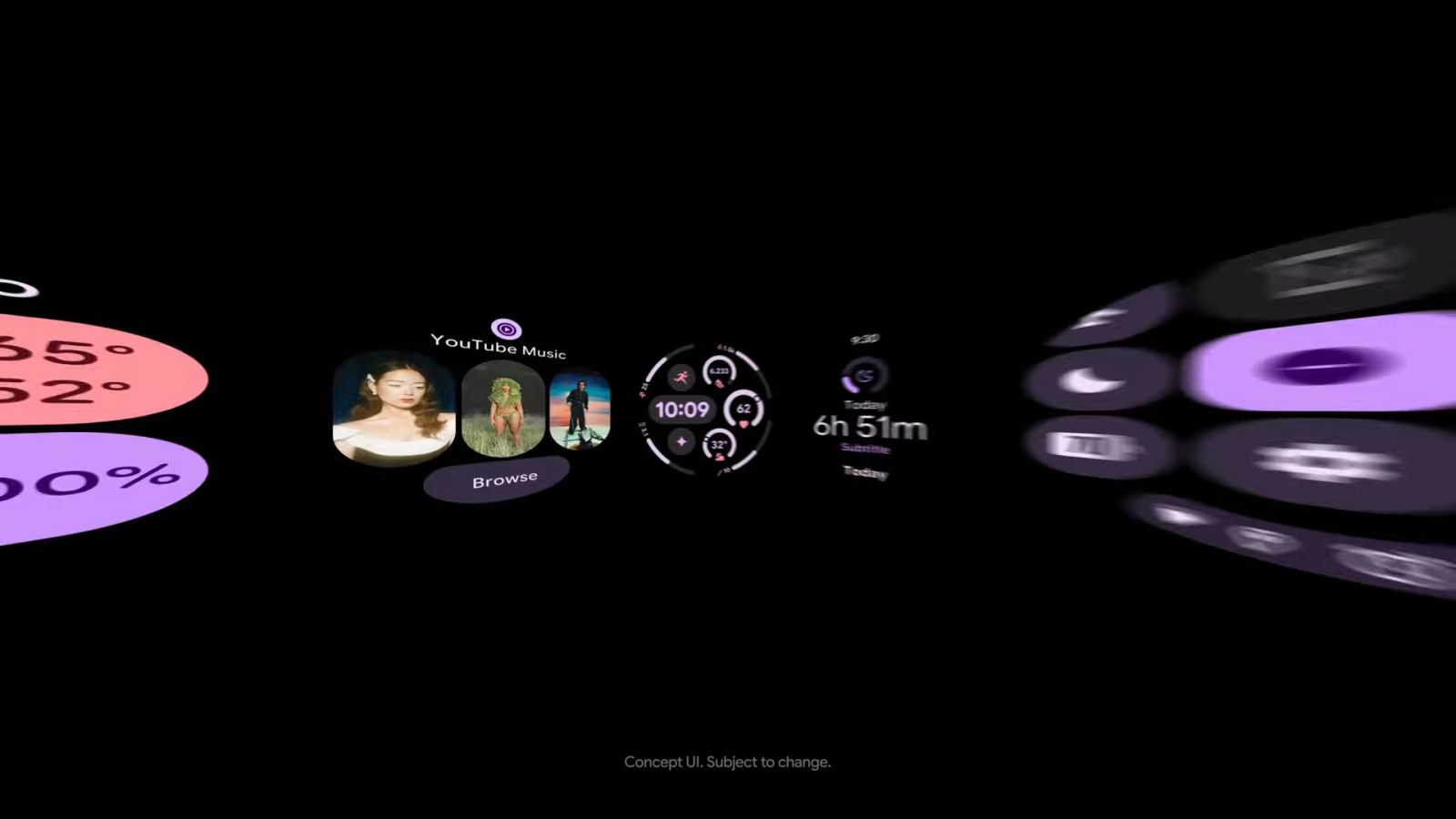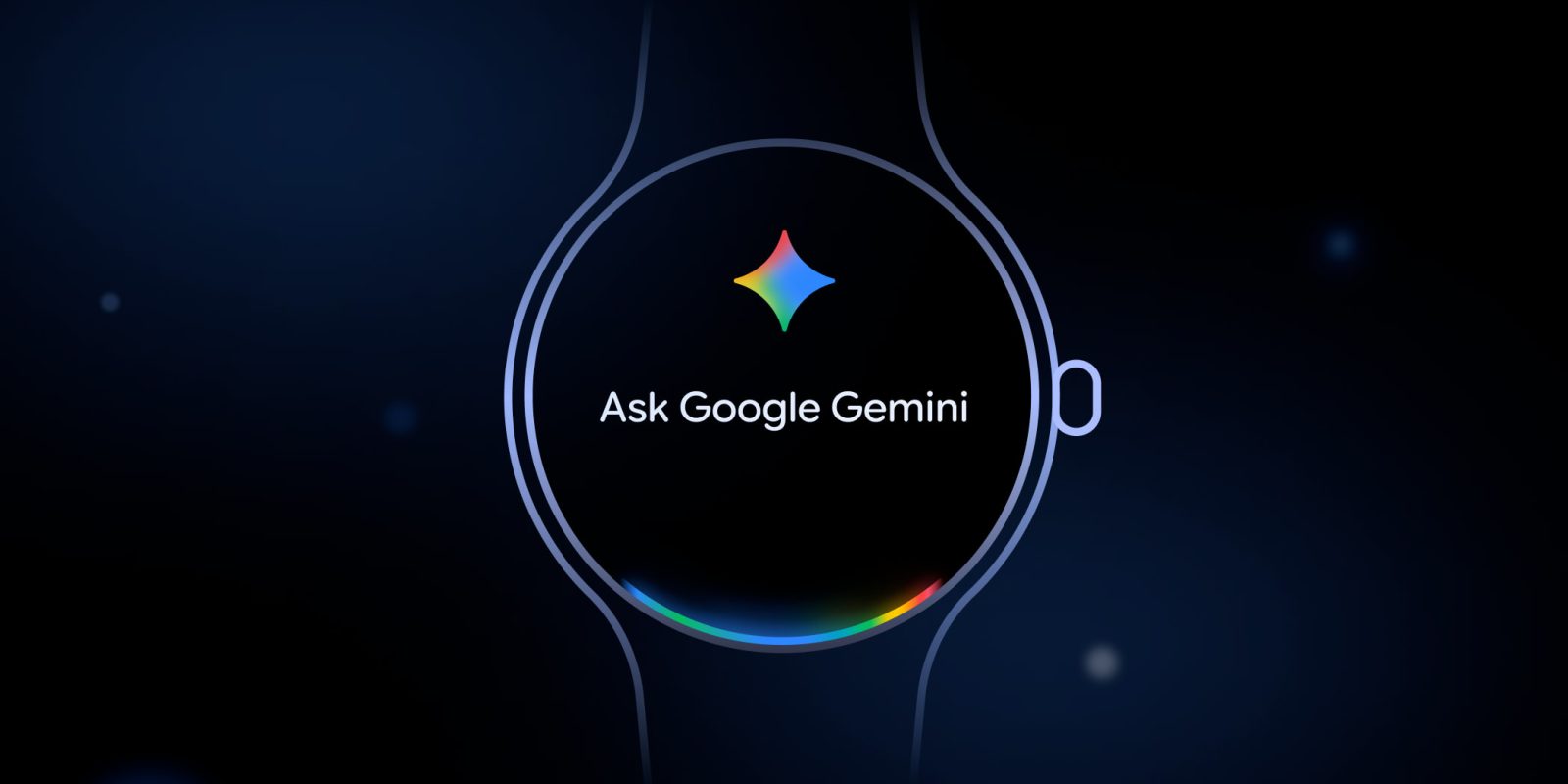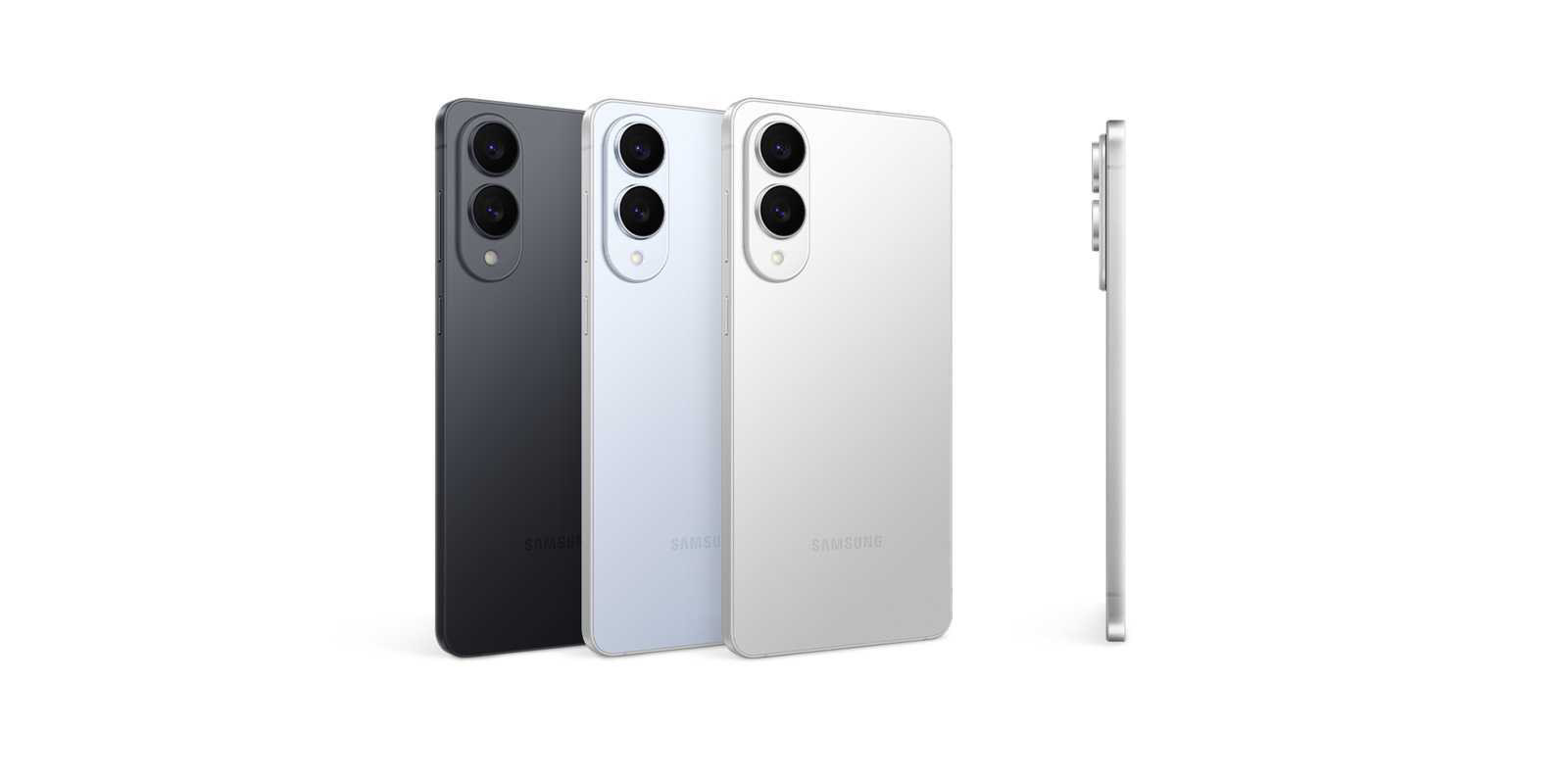Google has initiated the rollout of the Material 3 Expressive (M3E) design language to its Wear OS applications, starting with Google Calendar. This update introduces a more cohesive and visually engaging interface, aligning with the broader M3E aesthetic that emphasizes fluid animations, dynamic color theming, and user-friendly layouts.
Enhancements to Google Calendar Tiles
The primary focus of this update is on the Google Calendar Tiles, which have undergone significant visual and functional improvements:
– Next Event Tile: This tile now features event names and durations within rounded containers that can display themed graphics. The date, such as Today, is prominently positioned above, while the Calendar button is seamlessly integrated along the bottom curve of the display.
– Next Tasks Tile: Similar enhancements have been applied here, with the More button now adopting a curved design that complements the watch’s circular screen.
These updates are part of version 2025.30.x of Google Calendar for Wear OS, aiming to provide users with a more intuitive and aesthetically pleasing experience.
Upcoming Updates to Contacts and Keep Tiles
In addition to the Calendar enhancements, Google has previewed forthcoming updates to other Wear OS Tiles:
– Google Contacts Tile: The Favorites Tile is transitioning from circular icons to pill-shaped designs, with the See all button replacing the previous Contacts label. This redesign aims to offer a more streamlined and accessible interface for users.
– Google Keep Tile: The Create note Tile is evolving from a list format to an oval (Note) and rounded rectangle (List) design, with a Browse option at the bottom. The Single note Tile will now display text within a container, enhancing readability and user interaction.
These updates reflect Google’s commitment to refining the Wear OS experience by integrating the M3E design principles across its suite of applications.
Broader Implications of Material 3 Expressive on Wear OS
The adoption of Material 3 Expressive across Wear OS signifies a substantial shift towards a more cohesive and user-centric design philosophy. Key aspects of this design language include:
– Dynamic Theming: System-wide color schemes that adapt based on the user’s chosen watch face, ensuring a harmonious visual experience across apps and tiles.
– Enhanced Animations: Smoother transitions and motion elements that align with the circular nature of smartwatch displays, providing a more engaging user experience.
– Optimized Layouts: The introduction of a three-slot tile layout comprising a title, main content, and a bottom slot, designed to work across various screen sizes and improve visual consistency.
These design enhancements are not merely aesthetic but also aim to improve functionality and user engagement by making information more glanceable and interactions more intuitive.
Integration of Gemini AI
Alongside the visual updates, Wear OS 6 introduces Gemini, Google’s advanced AI assistant, replacing the traditional Google Assistant. Gemini offers:
– Natural Voice Interactions: More conversational responses and the ability to manage tasks like reservations and summaries.
– App Integration: Seamless interfacing with apps such as Gmail for enhanced functionality.
– Multiple Access Points: Activation via voice commands, app launcher, or button shortcuts, providing users with flexible interaction options.
This integration aims to provide a more personalized and efficient user experience, leveraging advanced AI capabilities to assist with daily tasks.
Performance and Battery Life Improvements
Wear OS 6 also brings significant performance enhancements:
– Extended Battery Life: Optimizations contribute to up to a 10% increase in battery life compared to previous versions, allowing users to enjoy longer usage between charges.
– Efficient Power Management: Background optimizations reduce energy consumption without compromising performance, ensuring a smooth and responsive user experience.
These improvements address common user concerns, making Wear OS devices more reliable and user-friendly.
Developer Tools and Resources
To assist developers in adapting to the new design language, Google has released:
– Wear Compose Material 3 Library: Components for building apps that align with Material 3 Expressive, facilitating the creation of cohesive and visually appealing applications.
– Wear ProtoLayout Material 3 Library: Tools for designing dynamic and responsive tiles, enabling developers to create engaging user interfaces.
– Figma Design Kits: Resources to streamline the design process and ensure consistency across applications, providing a solid foundation for developers to build upon.
These resources aim to empower developers to create applications that fully leverage the capabilities of the new design language, enhancing the overall Wear OS ecosystem.
Conclusion
The rollout of Material 3 Expressive to Google Calendar and the forthcoming updates to Contacts and Keep Tiles mark a significant step in Google’s efforts to enhance the Wear OS platform. By focusing on dynamic theming, improved animations, and user-friendly layouts, these updates aim to provide a more engaging and intuitive experience for users. As Google continues to integrate these design principles across its suite of applications, Wear OS users can look forward to a more cohesive and personalized smartwatch experience.



